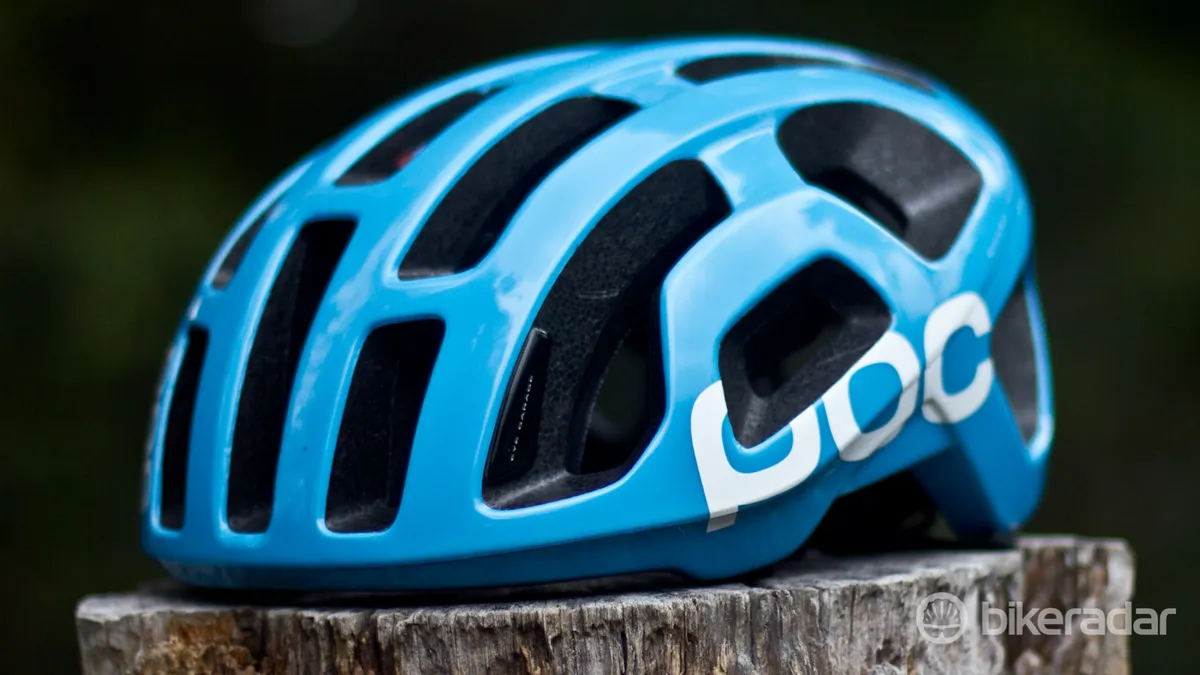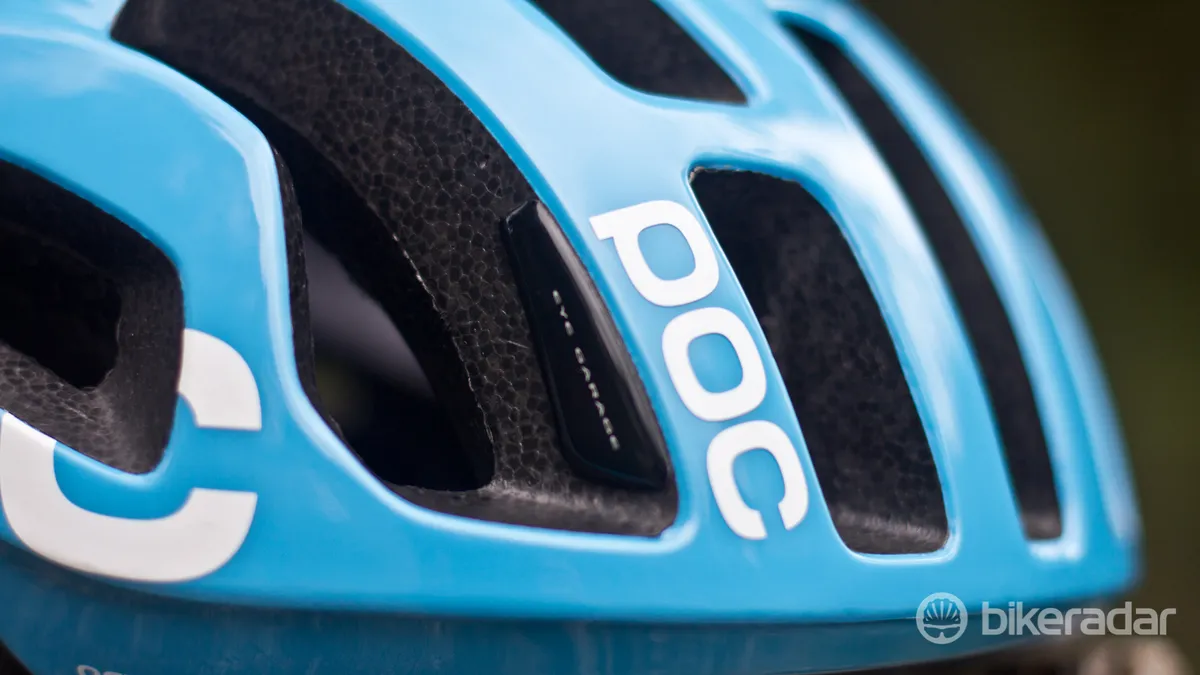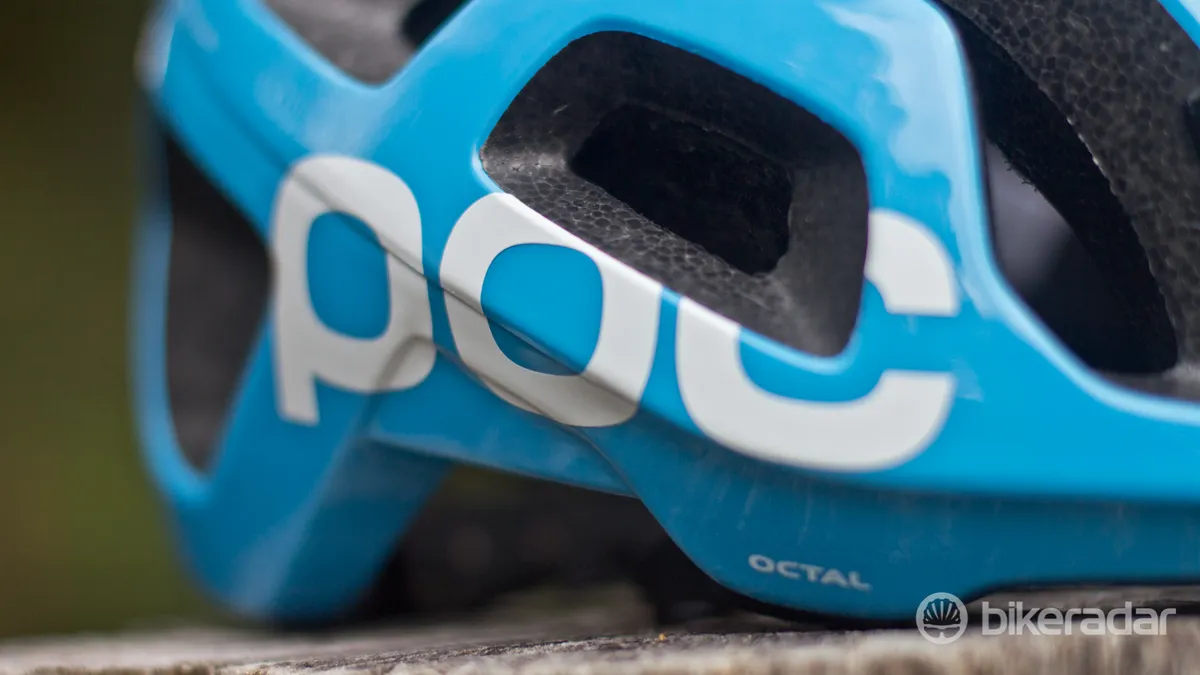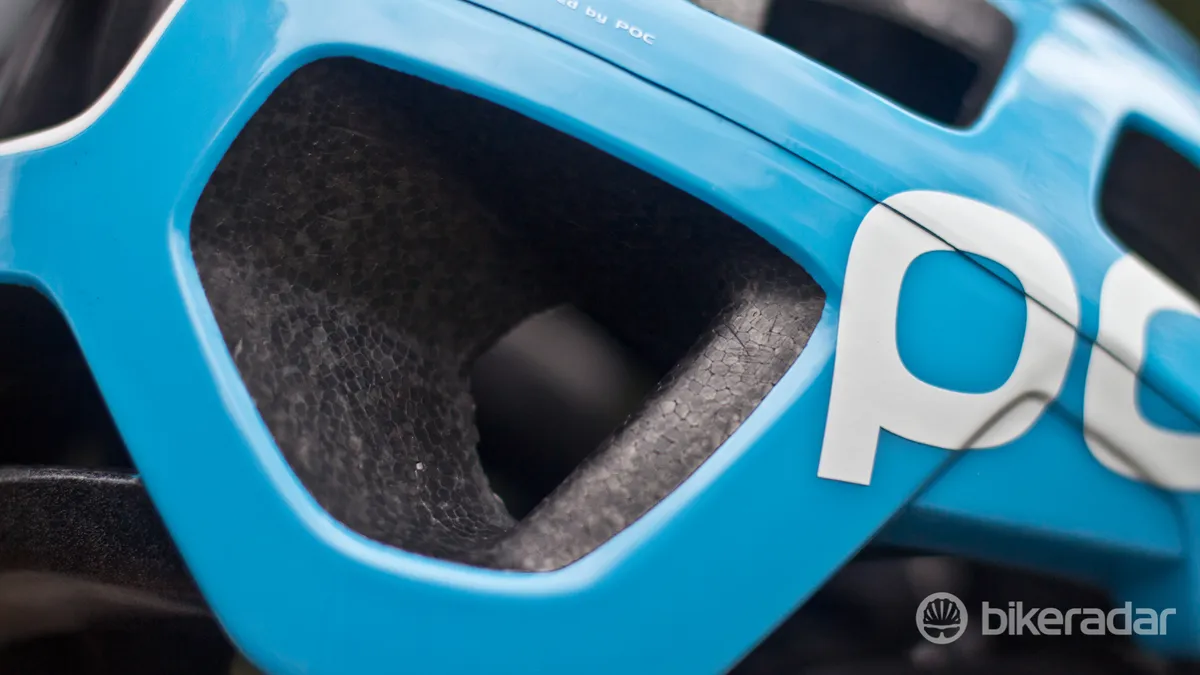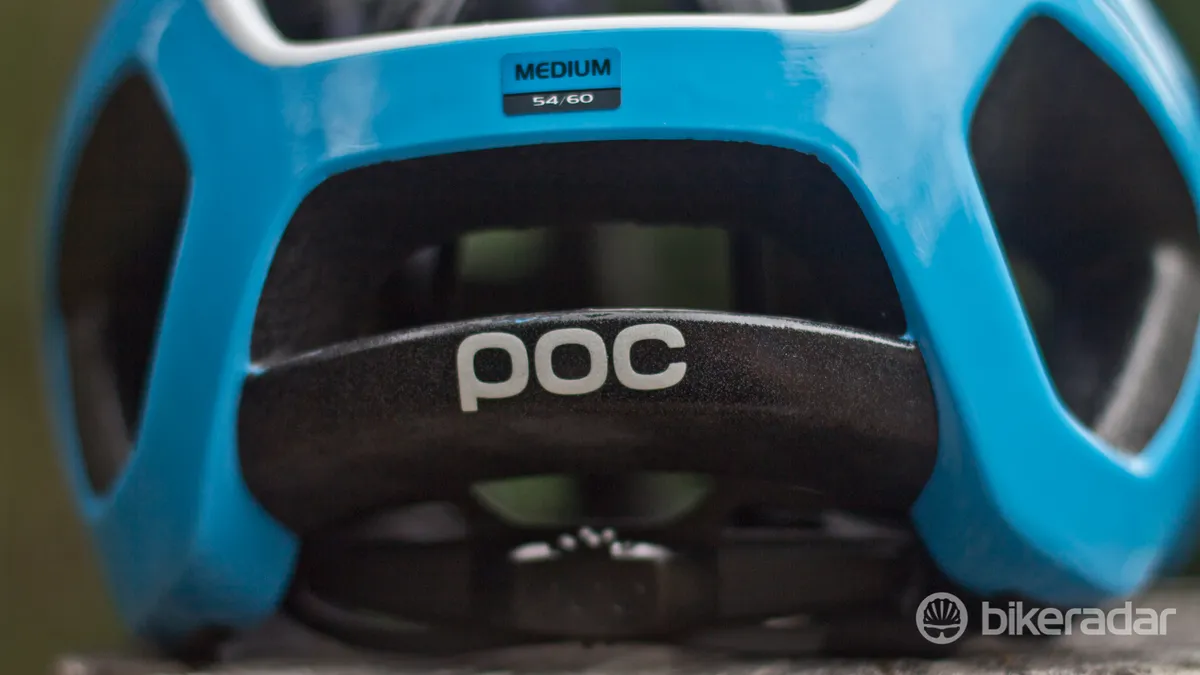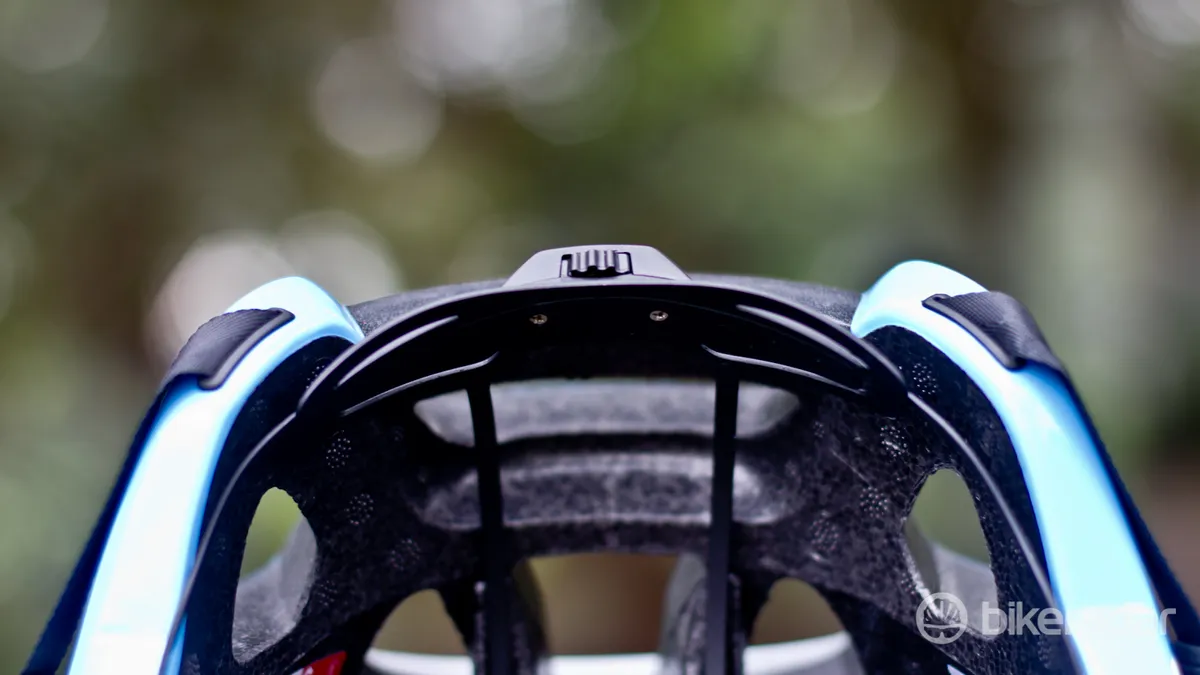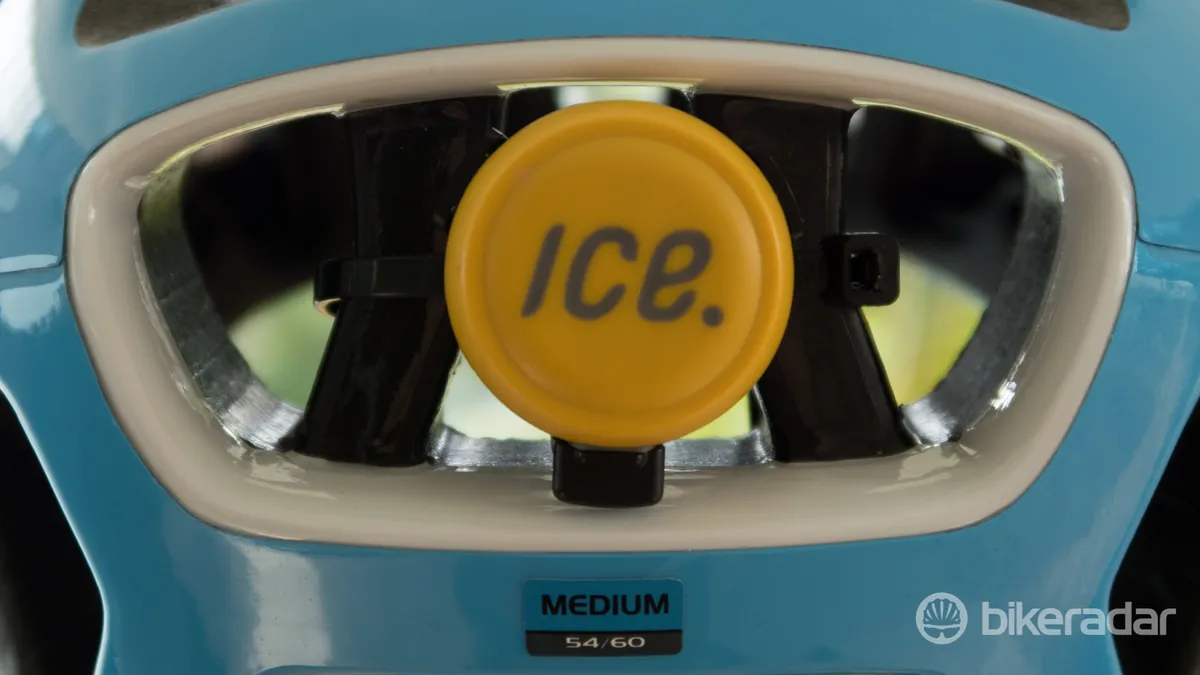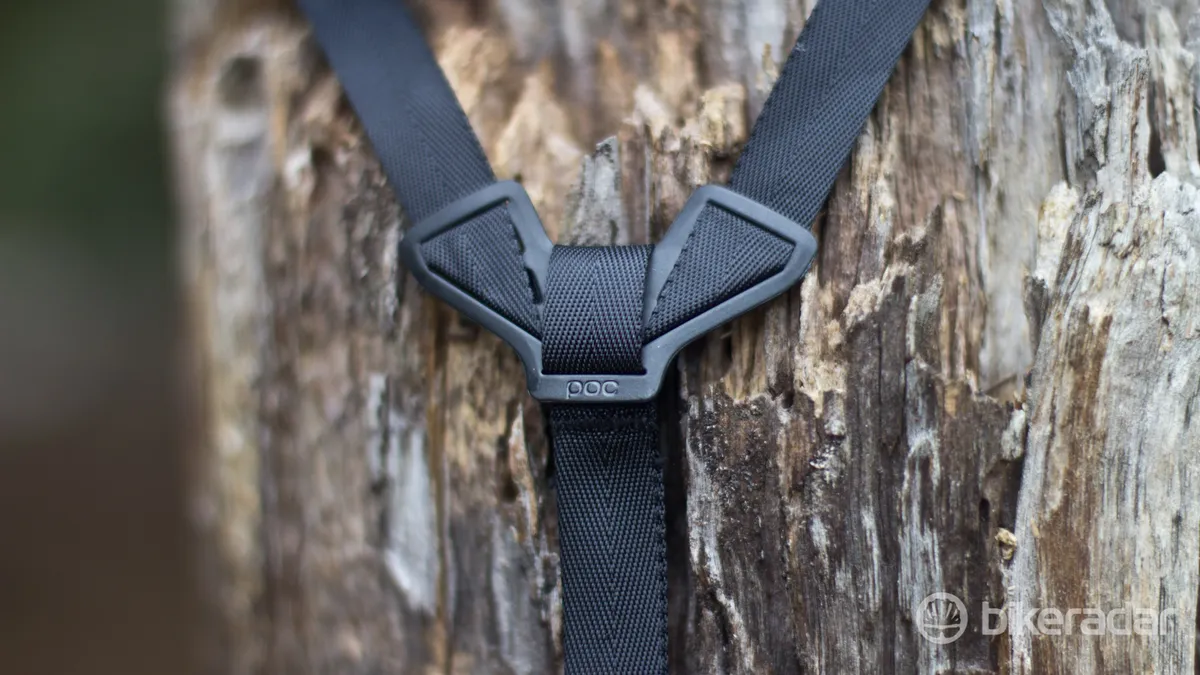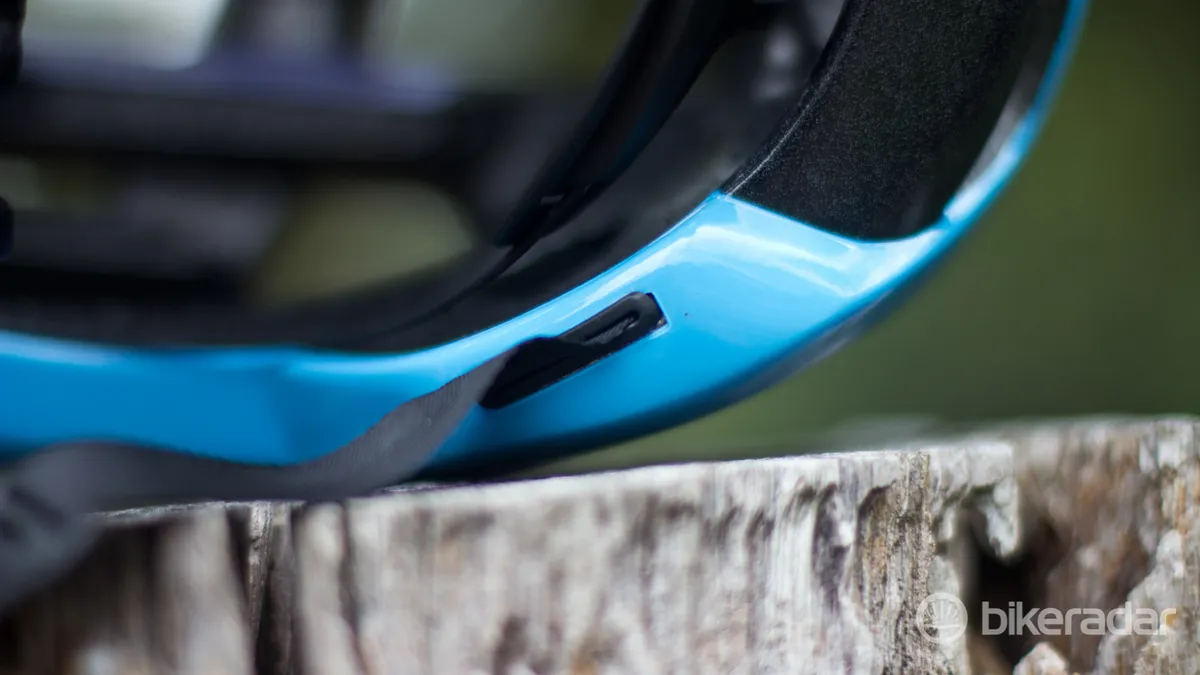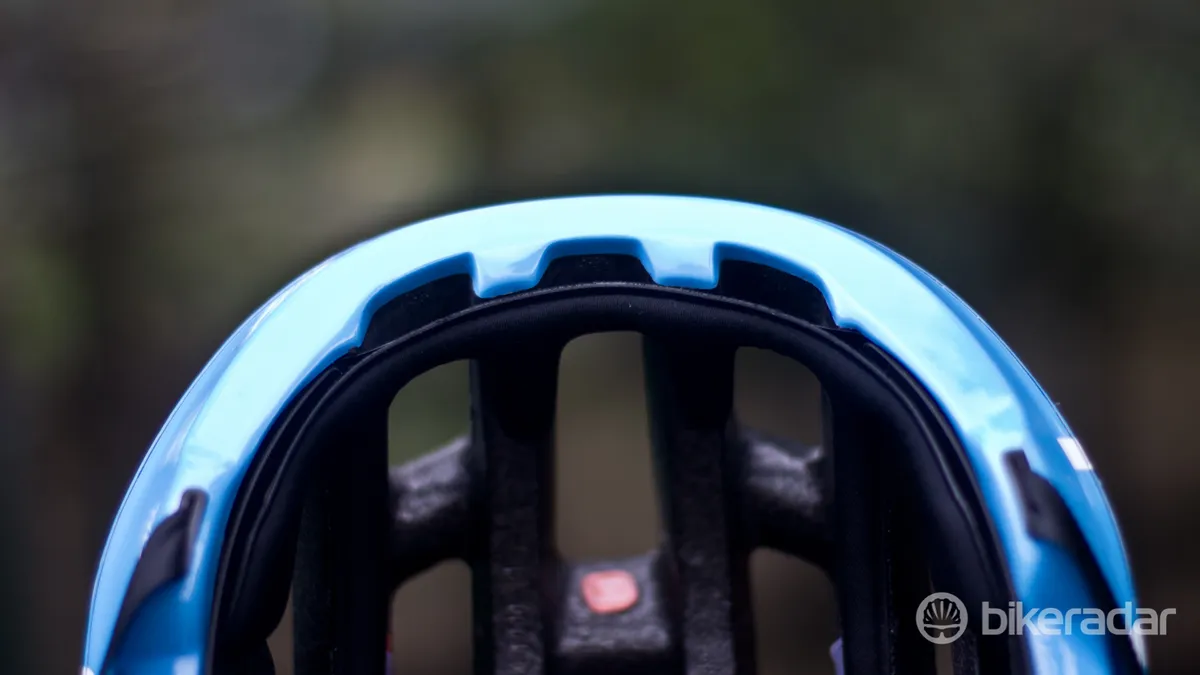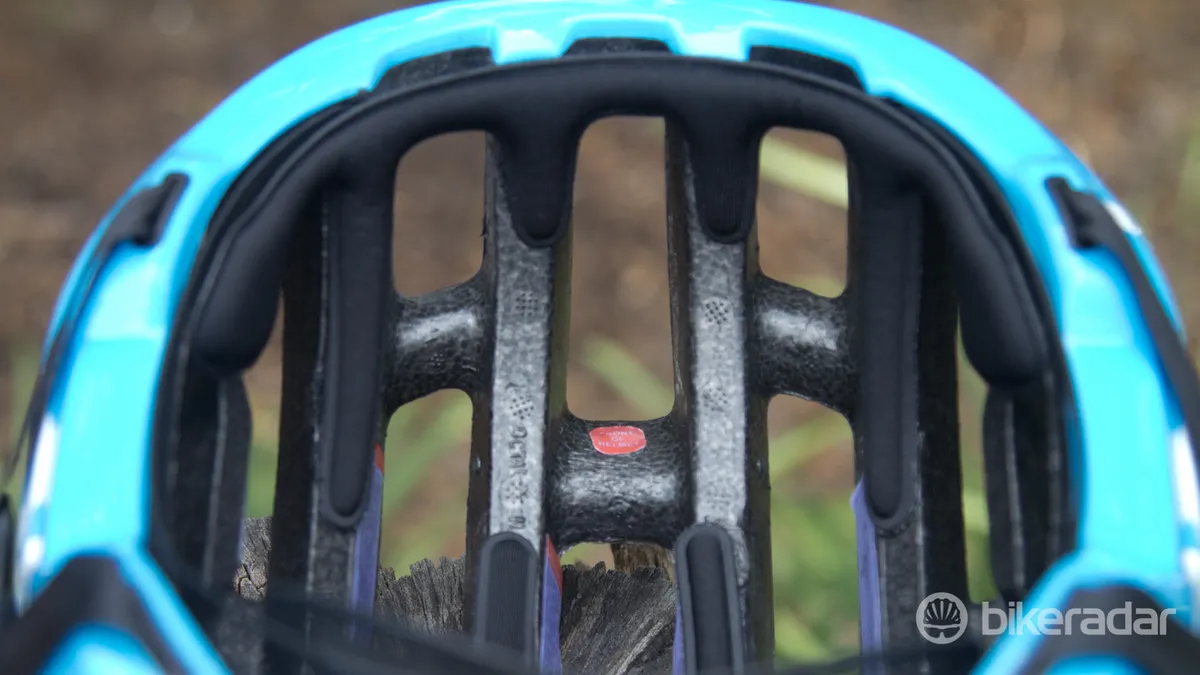The POC Octal has certainly divided opinions within the cycling community with its bright and unusual looks. Some say it’s the best looking helmet on the market, while others would rather see it killed with fire.
One pro team that is on the 'love it' side of the debate Cannondale-Garmin (formerly Garmin-Sharp) – you'll see the Octal adorning the heads of its riders.
It is available in two colourways, and in standard and MIPS versions. It features 21 vents, so not pushing the boundary for number of holes – like Lazer’s 31-vent Z1 – but POC has opted for quality over quantity, and the holes are so massive that there's nearly more vent than helmet! This allows plenty of heat to escape and the deep full-length internal channels allow air to flow through the shell freely.
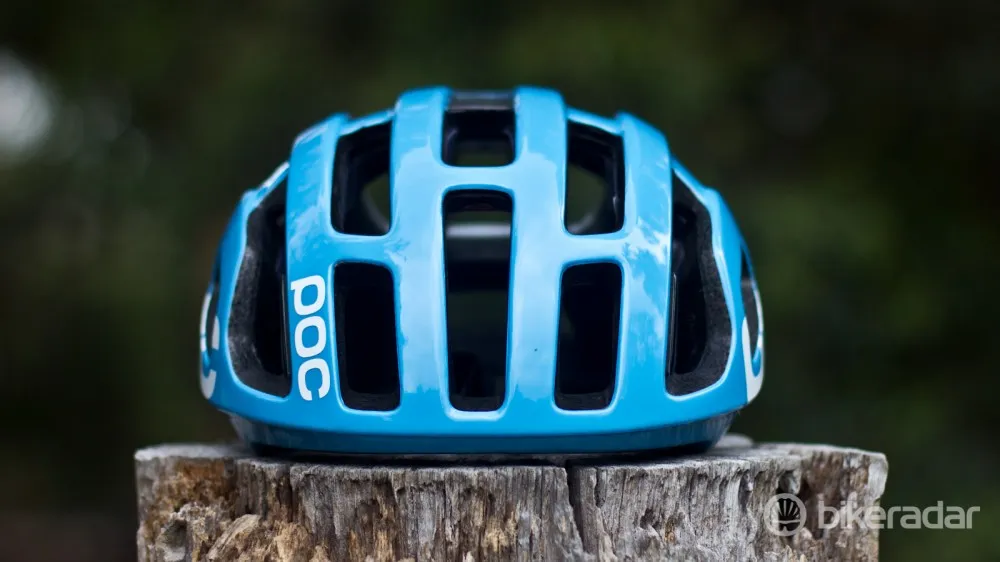
Big vents make the Octal airy and cool
The Octal is particularly well suited to the hot and sticky Australian summer – it kept us feeling comfortable on even the muggiest of days.
POC’s aptly-named ‘size adjustment system’ looks similar to Specialized's Mindmaster retention system, and is lightweight, and offers a wide range of adjustability. The height adjustment is not instantly intuitive, but once you get the hang of it adjustment is a matter of a simple push or pull.
The lightweight webbing straps are moulded directly into the shell, and fixed splitters keep them taut and flat against your face.
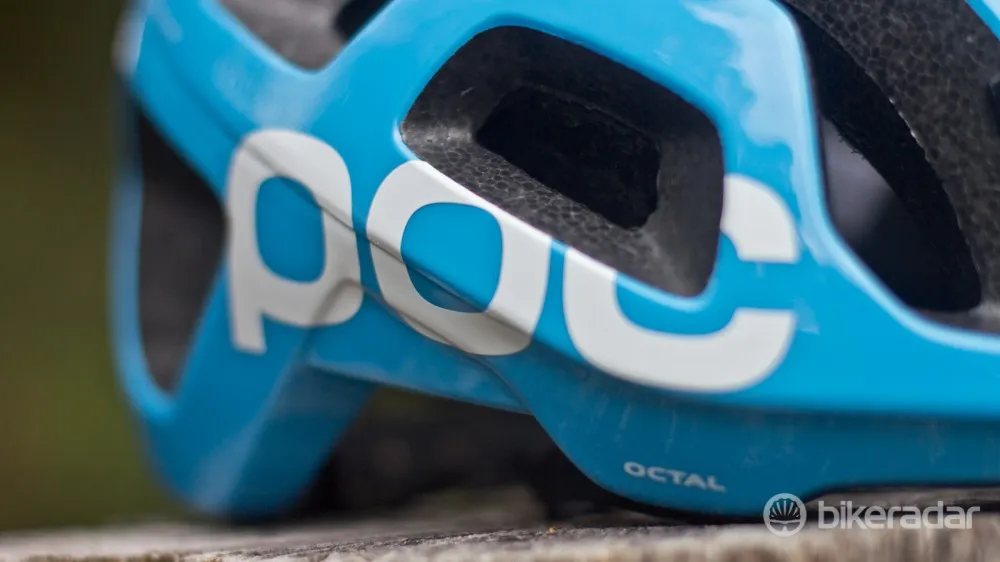
The shell of the Octal comes much lower than the majority of road helmets
The external build quality of the Octal is solid. It was originally designed to be the safest helmet on the road. While some of POC's AVIP (Attention, Visibility, Interaction and Protection) styling has been toned back and the helmet is now available in less eye-catching colours, there are still reflective panels top and back for added visibility. The shell itself sits lower than on any other road helmet our testers have worn, so the Octal physically covers more skull than its competitors.
Fortunately no real-life crash testing took place, but the polycarbonate shell wraps under the bottom edge of the helmet and protects the EPS from general knocks and dings.
The icing on the cake, however, is that it is compatible with ICEdot crash sensor. The ICEdot fits snugly into the rear vent of the helmet. The Octal also comes with an ICEtag, a barcode that first responders can scan to relay nominated emergency contact information.
The low-slung fit of the Octal is not without its problems, however. POC sunnies fit within it quite well, but glasses with longer arms – such as Oakley’s Radarlocks – will bump the bottom of the shell.
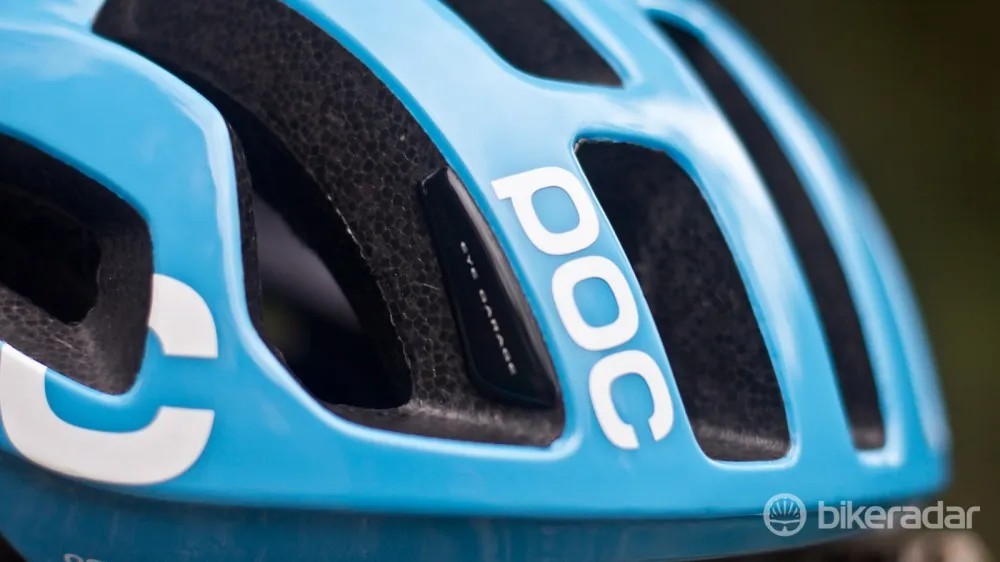
The Eye Garage holds sunnies secure in the vents
There are front vents (which POC has dubbed the ‘Eye Garage’) to hold your sunglasses secure. These rubberised high friction pads keep sunnies secure, and despite our best efforts to shake them loose, the Eye Garage’s hold was unwavering. The sunnies from POC, Oakley, and Rudy Project all held tight, with only the more-casual Spy Optics Cutters breaking loose.
Our Australia/New Zealand standards sample weighed a respectable 233g in a size medium, but POC claims the CE and CPSC versions weigh less than 200g. Despite its bulbous appearance, the Octal sits fairly inconspicuously and comfortably on your head.
It's comfortable and well ventilated – and, in our opinion, good looking – but the price is relatively high.
